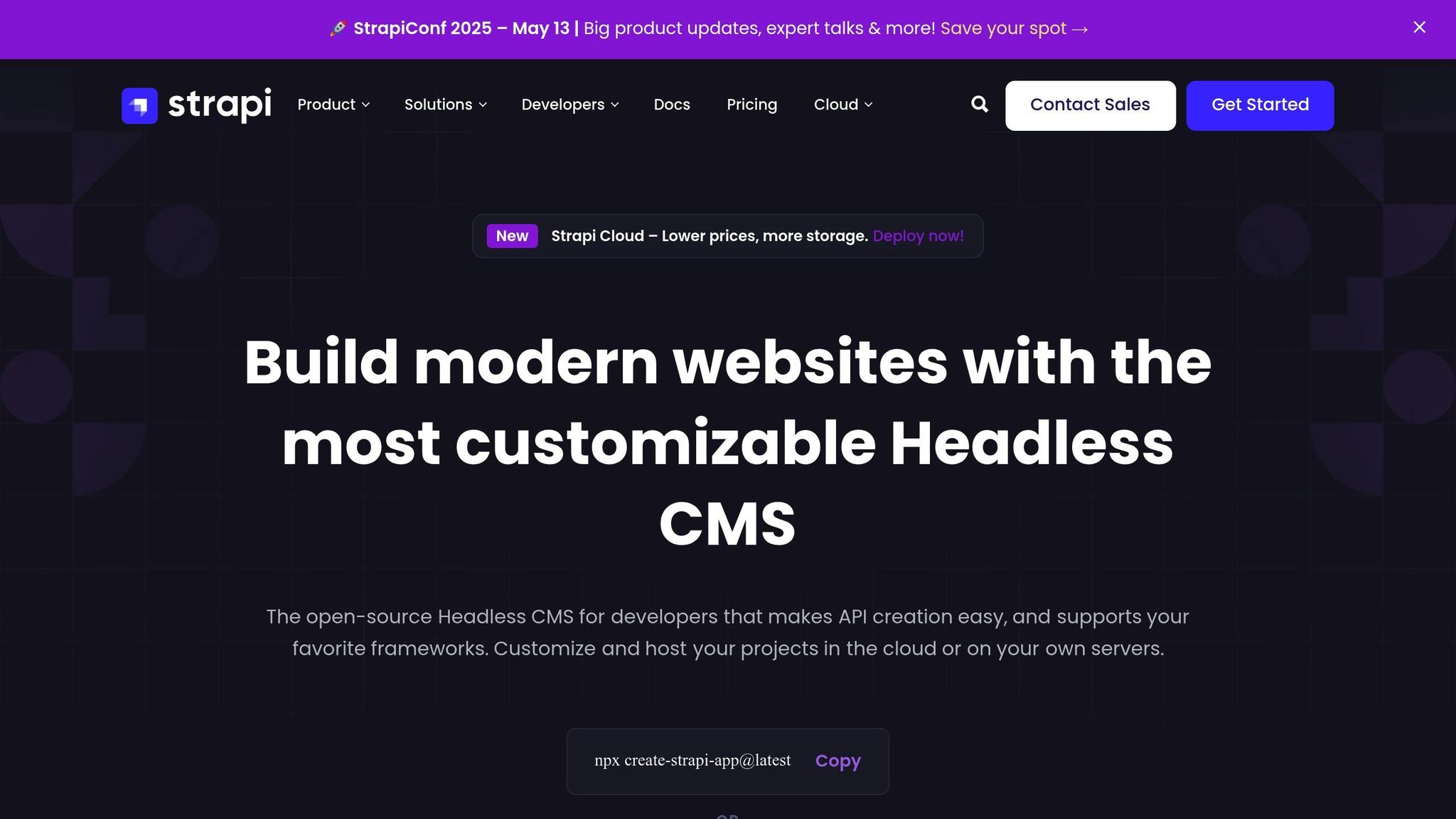Managing Multilingual Content Versions
Managing multilingual content can save time and boost productivity by 66%. The two main methods for handling content management versions are:
- Copy-Based Management: Offers flexibility for local adaptations but requires more maintenance.
- Single-Source Management: Ensures consistency with centralized updates but limits customization.
Key Tips for Success In Content Management Versions:
- Use clear file naming (e.g.,
blog_en-US_v1.2_2025-04-23). - Schedule regular reviews (weekly, monthly, quarterly).
- Optimize for SEO with language-specific URLs and hreflang tags.
- Adjust content for local markets (e.g., dates, currency, units).
Tools like BeLikeNative simplify workflows, supporting 80+ languages and saving over 85 hours monthly.
Quick Comparison Of Content Management Versions:
| Feature | Copy-Based Management | Single-Source Management |
|---|---|---|
| Flexibility | High (customizable by region) | Low (centralized control) |
| Consistency | Risk of inconsistencies | High (automatic updates) |
| Maintenance | Requires more effort | Easier to maintain |
| Best For | Marketing, creative projects | Technical manuals, product details |
Choose the method that aligns with your goals, and integrate tools and structured processes to streamline multilingual content management.
How To Manage Multilingual Content In Strapi V4

2 Main Methods for Content Management Version
Organizations typically rely on one of two approaches:
Copy-Based Content Management Version
This method allows teams to tailor content to local needs, preferences, and cultural differences without being tied to a central source document.
Benefits:
- Freedom to customize content
- Updates can be made independently
- Adaptable to market-specific demands
- Flexible publishing schedules
Drawbacks:
- Requires significant maintenance
- Risk of inconsistent versions
- Coordination can become challenging
- Demands more storage space
Single-Source Content Management
This approach ensures strict control over content. Updates made to the main document automatically apply to all translated versions, minimizing the risk of outdated materials.
Key Features of Content Management Versions:
- Centralized master document
- Automatic updates across versions
- Ensures consistent content
- Limited options for customization
The best choice depends on your project’s needs. Single-source management is ideal for technical manuals or product details where consistency is critical. Copy-based management works better for marketing campaigns or creative projects that need to align with local cultures.
Next, we’ll cover guidelines to help streamline version control for either method.
Core Guidelines For Content Management Version Control
Content Management Version Control Rules
Keep a clear record of changes and provide brief update histories for each language version. This helps maintain both clarity and consistency across all versions.
SEO Requirements
Set up language-specific URLs through options like country domains, subdirectories, or URL parameters. Use hreflang tags to help search engines understand your language and regional targeting.
Local Market Adjustments
Tailor content to reflect cultural differences and local preferences. Make sure to adjust dates, times, currency, and measurement units to match local standards.
Up next, we’ll dive into the essential CMS features and tools that support these version-control practices.
sbb-itb-32359dc
Key Tools for Language Version Management
Using BeLikeNative for Content Management

BeLikeNative works seamlessly within your CMS, simplifying in-editor translations and updates. It pairs well with CMS features like real-time previews, detailed access controls, and audit logs.
Content Management Key Features:
- Works with Google Workspace, Notion, and Microsoft Teams
- Offers support for 80+ languages and allows adjustments in tone and style
- Provides quick access via a single shortcut for instant content polishing
These capabilities make it easier to manage version control for large, multilingual projects.
Managing Large-Scale Language Projects
Enhance your CMS setup and operational guidelines by organizing your processes as outlined below.
File Naming System
Use a clear and consistent naming convention for files. Include elements like ISO language codes, content type, version number, and publication date (formatted as YYYY-MM-DD). For example: blog_product-launch_en-US_v1.2_2025-04-23. This approach ensures easy identification and aligns with BeLikeNative’s standards.
Content Review Schedule
Establish a structured review process to maintain quality:
- Weekly checks: Focus on technical aspects like formatting, links, and file integrity.
- Monthly audits: Review translations for accuracy and ensure cultural relevance.
- Quarterly reviews: Sync content across languages to maintain consistency.
Use automated reminders, assign reviewers for specific languages, log all updates in a central system, and schedule reviews during periods of low traffic.
Process Documentation
Keep detailed documentation for all workflows, including:
- Version control: Guidelines for file management, backups, and tracking changes.
- Translation process: Steps from preparation to publication.
- Quality assurance: Standards for language accuracy, cultural alignment, formatting, and brand consistency.
Ensure this documentation is always up to date, easy to access, and supported by regular training sessions.
These practices help maintain consistency and scalability for multilingual projects.
Summary
Using tools like BeLikeNative alongside proven strategies can simplify multilingual workflows, increasing productivity by 66% and saving more than 85 hours each month.
Key elements for managing multilingual content effectively include:
- Technology Integration: Incorporate tools smoothly into current processes.
- Customization: Adjust language, tone, and style to fit specific audiences.
- Regular Reviews: Consistently update content to ensure it stays accurate and relevant.
Ongoing oversight and fine-tuning are essential to keeping content effective and efficient across multiple languages.



13 Comments
how to order androxal price by pharmacy
August 16, 20255:20 pm
ordering androxal uk online pharmacy
ordering androxal generic brand
how to buy enclomiphene buy online canada
August 16, 20255:27 pm
how to buy enclomiphene cheap info
cheap enclomiphene cheap from india
order rifaximin usa buy online
August 17, 20252:18 am
how to buy rifaximin uk london
buy cheap rifaximin generic from india
cheapest buy xifaxan singapore where to buy
August 17, 20252:27 am
online order xifaxan cheap buy online no prescription
discount xifaxan buy adelaide
order staxyn price usa
August 17, 20253:54 am
ordering staxyn non prescription online
search canadian staxyn
cheap dutasteride australia discount
August 17, 20255:14 am
online order dutasteride generic name
ordering dutasteride generic ingredients
flexeril cyclobenzaprine without a persription
August 17, 20255:14 am
buy flexeril cyclobenzaprine in canada
buy flexeril cyclobenzaprine generic extended release
buy cheap gabapentin cheap next day delivery
August 17, 20256:07 am
ordering gabapentin generic alternative
ordering gabapentin cheap discount
generique kamagra pilule nist prescrire
August 17, 20257:43 am
acheter kamagra pharmacie en ligne en suisse generique
acheter kamagra pharmacie au rabais pour
get fildena generic sale
August 17, 20252:06 pm
get fildena non prescription online
purchase fildena purchase no prescription
Overnight itraconazole without a perscription
August 17, 20253:48 pm
can i get itraconazole at at wal-mart store without a prescrition
cheap itraconazole generic version
order avodart generic version
August 18, 20254:16 am
generic avodart over the counter
buy cheap avodart cheap mastercard
bez lékařského předpisu další den doručení kamagra
August 18, 20258:23 am
kamagra dodání dodání následující den
kamagra online recepty bez členství
Comments are closed.